As we anticipated last week, Zona Militar had the opportunity to witness an operational activity of the Argentine Mechanized Infantry Regiment 24 (RIMec 24) “General Jerónimo Costa” from Río Gallegos, which is part of the Mechanized Brigade XI. During the exercise, a total of 80 members of Company B carried out a tactical march of 16 km throughout the late hours of Thursday until the early hours of Friday at the Military Instruction Field “Teniente Coronel Horacio Fernández Cutiellos”.
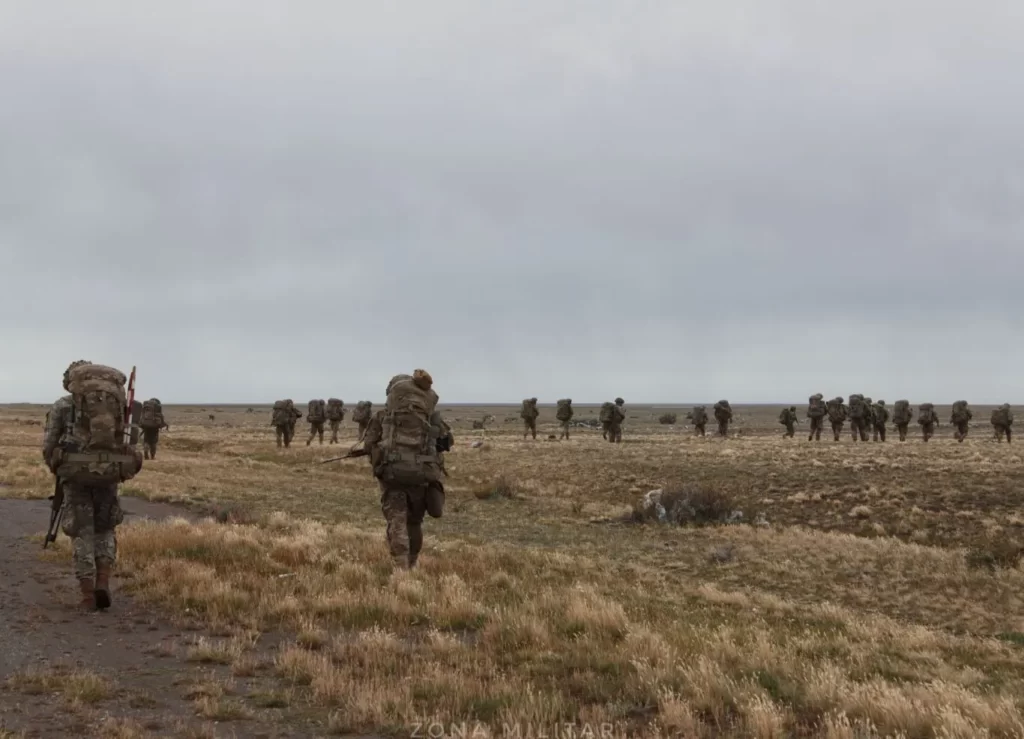
By way of introduction, and for geographical orientation, the Mechanized Brigade XI is currently the southernmost in the country, with the particularity of being the oldest mechanized troops of the Argentine Army. It was established in June 1942 with the arrival of the first battalions, and over time, the Army’s presence increased, leading to the creation of two additional battalions, thus giving rise to the current regiment.
The Brigade is composed of the Río Gallegos Logistic Support Base; the Mechanized Infantry Regiment 24 “General Jerónimo Costa” (RIMec 24); the Mechanized Infantry Regiment 35 “Coronel Manuel Dorrego” (RIMec 35); the 11th Tank Cavalry Regiment “Defensores del Honor Nacional” (RC Tan 11); the 11th Mechanized Engineer Battalion (B Ing 11); the 11th Mechanized Communications Company (Ca Com Mec 11); the 11th Army Aviation Section (Sec Av Ej 11); and the Mechanized Intelligence Section “El Turbio” (Sec Icia Mec).
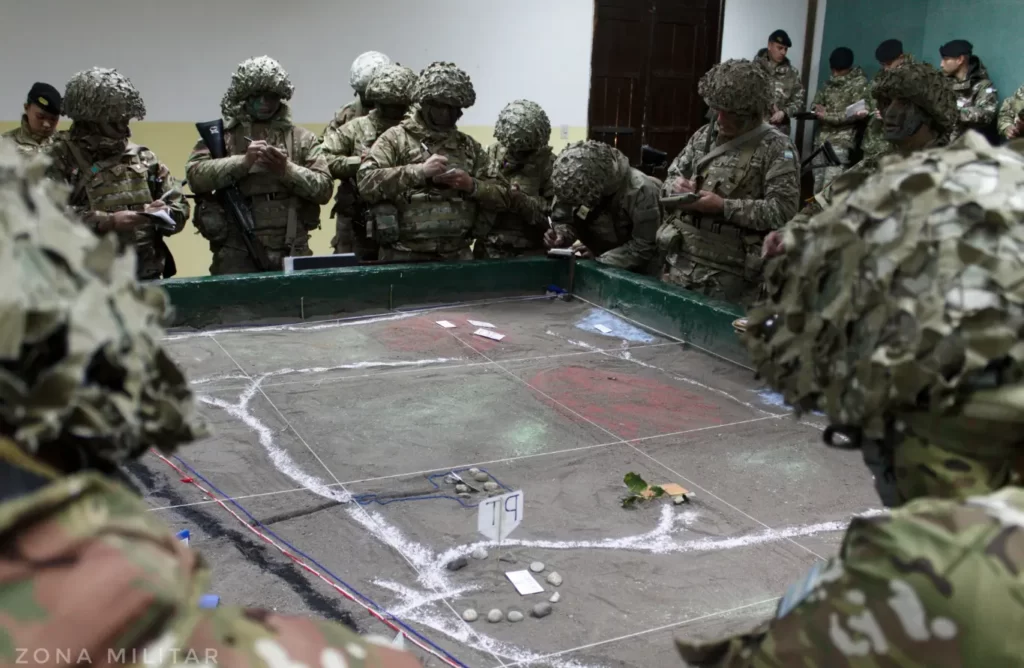
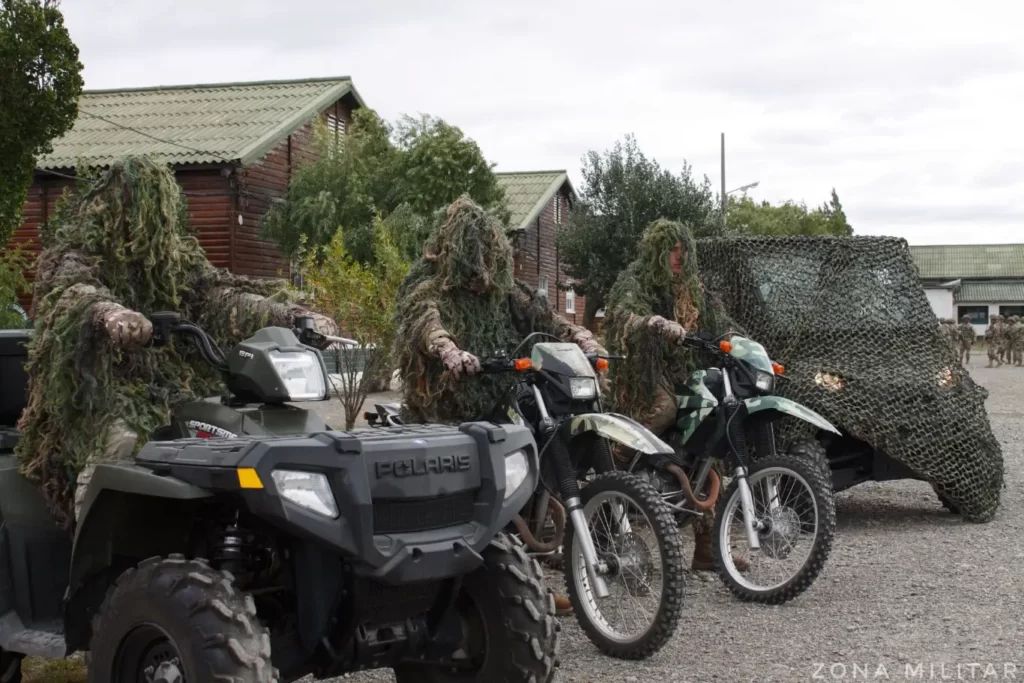
During our visit to Río Gallegos, province of Santa Cruz, we had the opportunity to visit the Mechanized Infantry Regiment 24, the combat unit closest to the Malvinas Islands. This “generates a commitment to special training and preparation for its members,” explained the Chief of RI Mec 24, LTC Juan Federico Del Torchio, in an interview.
This position, in turn, is characterized by facing extremely adverse conditions, with temperatures that can drop below zero even in the month of April. Moreover, these conditions add a significant level of difficulty to operations, requiring specialized training. Additionally, he pointed out that activities in the field demand greater effort and a much more intense adaptation to the environment.
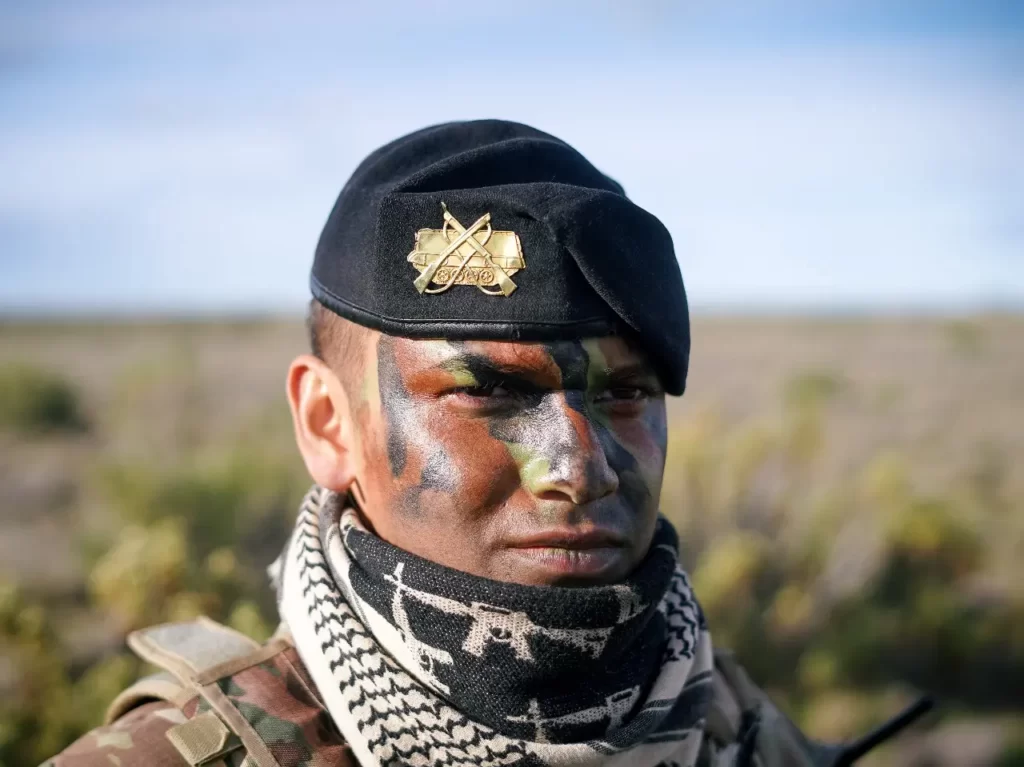
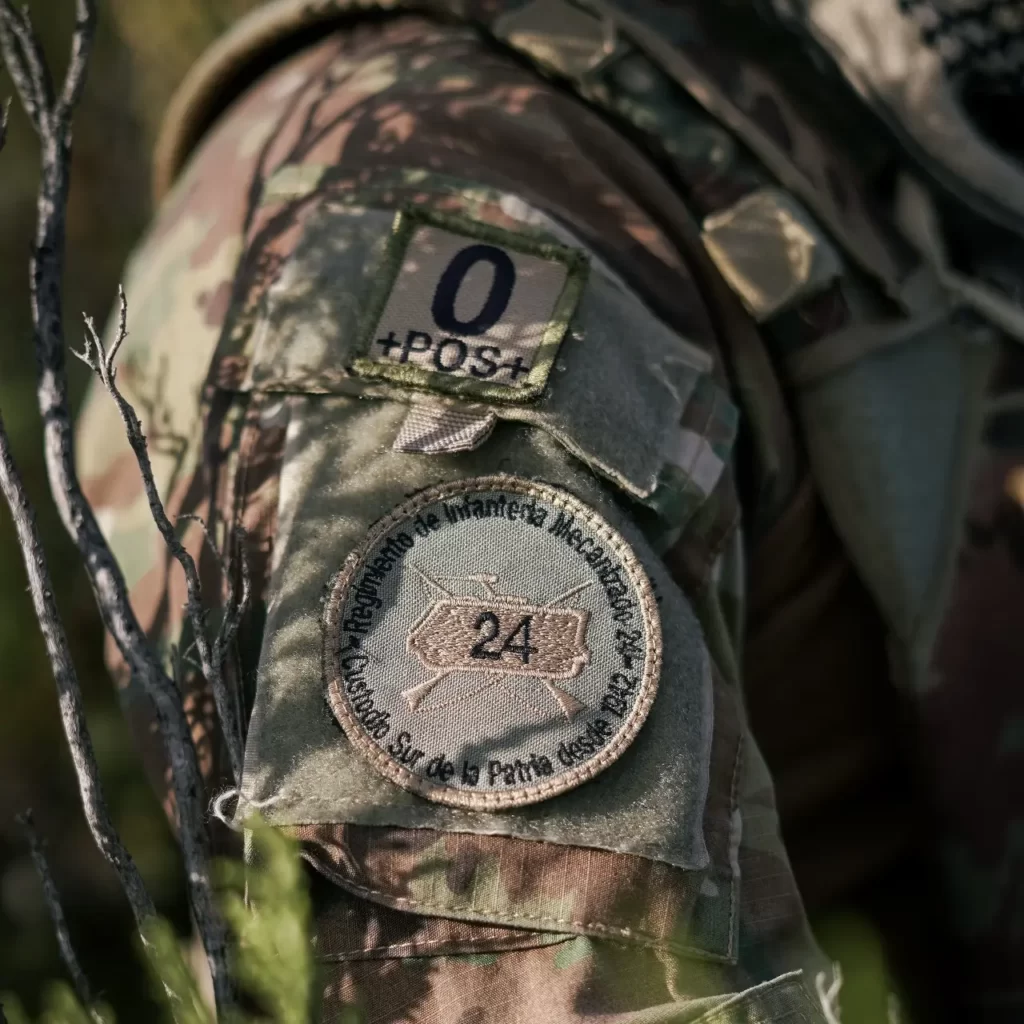
Currently, the Regiment has a variety of means and vehicles for its operations. Among them are the main vehicle M113 in its A2 version, wheeled personal transport vehicles both light and heavy, mechanized vehicles, medical evacuation ambulances, as well as Mercedes-Benz Unimog, all-terrain vehicles, reconnaissance motorcycles, among others. Regarding weaponry, special shooters stand out with their Steyr HS.50 M1 rifles of caliber 12.7mm, rifles that have a range of up to 1800 meters.
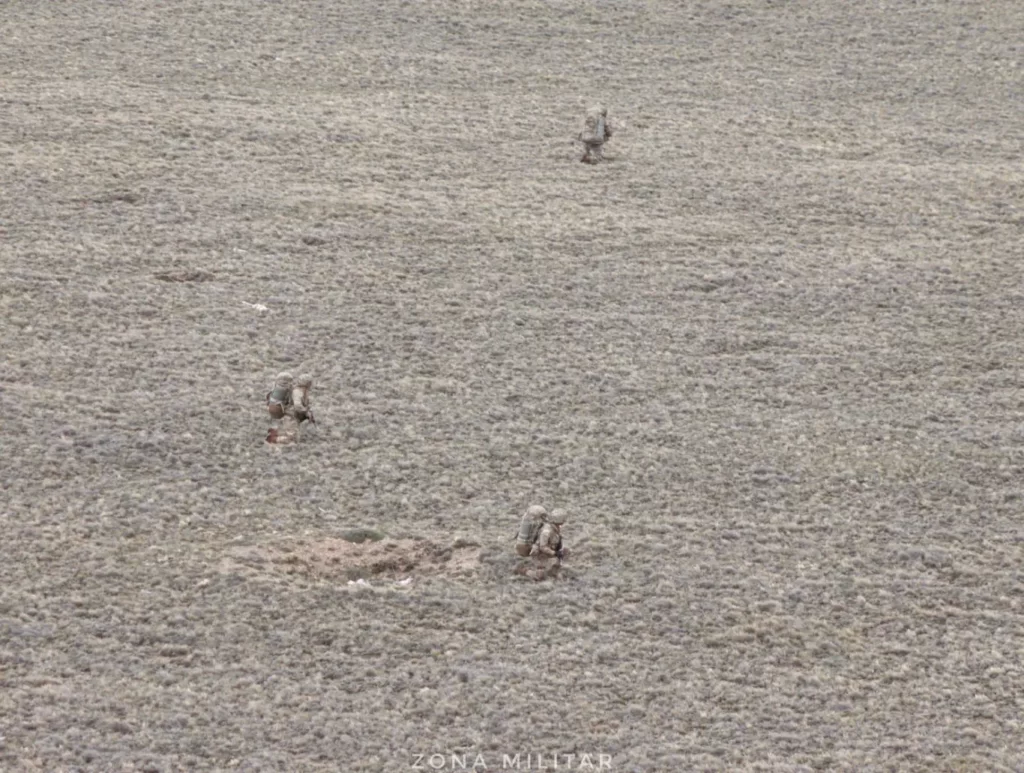
In this context, between March 14 and 15, RIMec 24 carried out its fifth field outing as part of the annual operational activities, with the aim of improving the integration of the various elements of Mechanized Brigade XI, as well as strengthening coordination between the combat unit and the support elements of the Brigade. On this occasion, support elements such as the 11th Mechanized Communications Company, the 11th Mechanized Intelligence Company, the 11th Army Aviation Section, and the Regional Military Hospital Río Gallegos with its evacuation groups participated.
The operational activity began on Thursday morning with what is commonly known as the sand table. This preliminary planning stage involves the graphic representation of the terrain in a reduced space, allowing personnel to be oriented and the company commander’s operations order to be explained clearly and concisely.
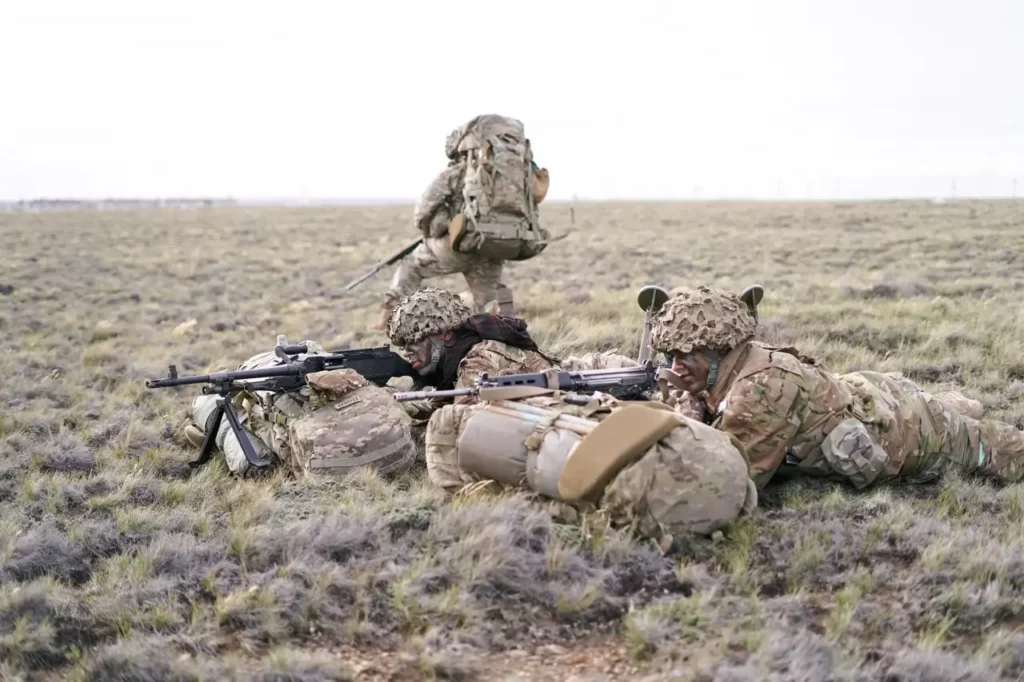
Subsequently, the activity began with the issuance of the Operations Order by the Company Commander, followed by the Section and Group Commanders, while mechanized assets were prepared to initiate the operation.
In this framework, reconnaissance elements and special shooters carried out an air-transported infiltration as the first advance to provide security for the company’s movement. On the other hand, the members of the Intelligence Company, who had infiltrated the day before, occupied ambush and observation positions, where they transmitted information to see in real-time and update the company commander. They used different means such as unmanned aerial vehicles and systems for real-time transmission.
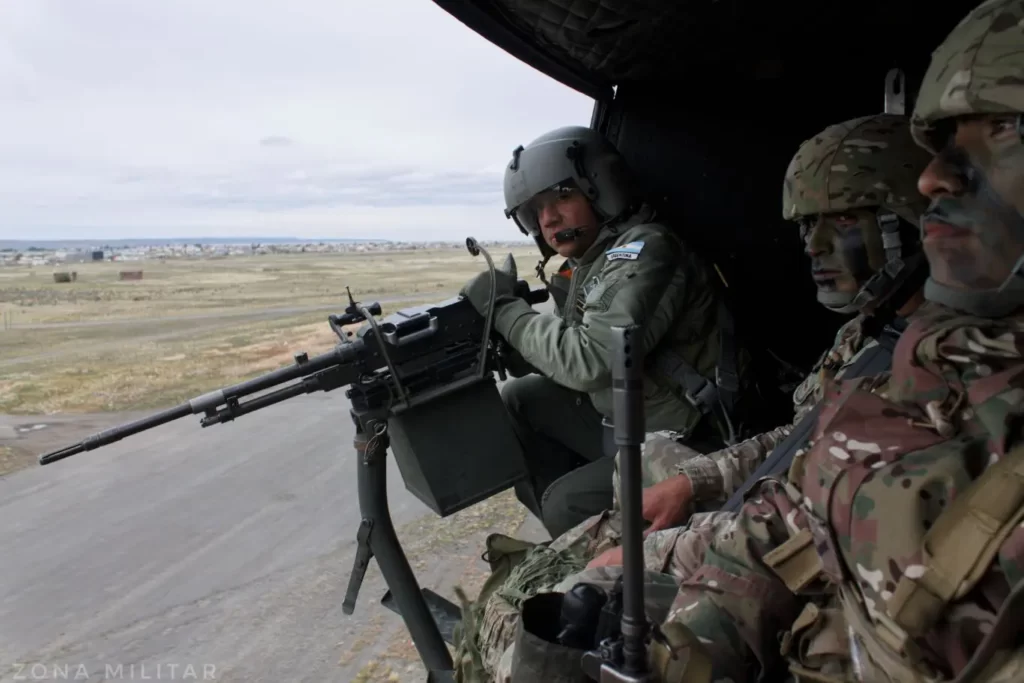
The presence of these elements in the field allowed for the updated situation of the enemy to be available for the subsequent approach of the company’s assets. This was executed through a ground vehicular movement to a landing point, initiating the approach on foot towards the blocking zone.
These types of tactical marches are carried out with the hypothesis that there is a significant probability of making contact with the enemy, so security measures are fine-tuned, which implies that “procedures for overcoming obstacles are different, the marching speed is different,” explained Lieutenant Colonel Del Torchio.
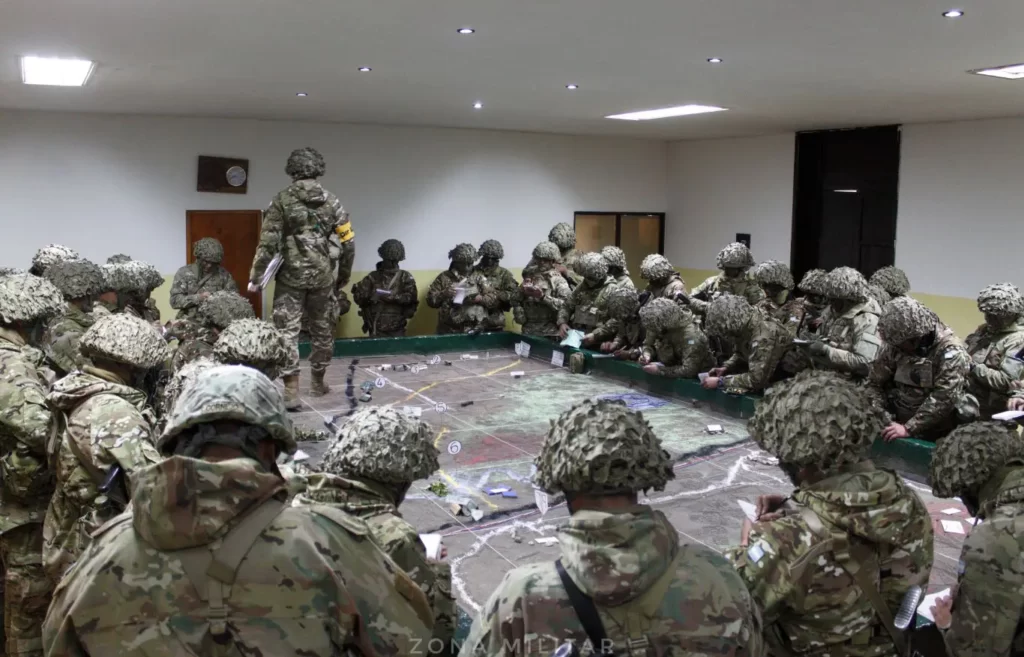
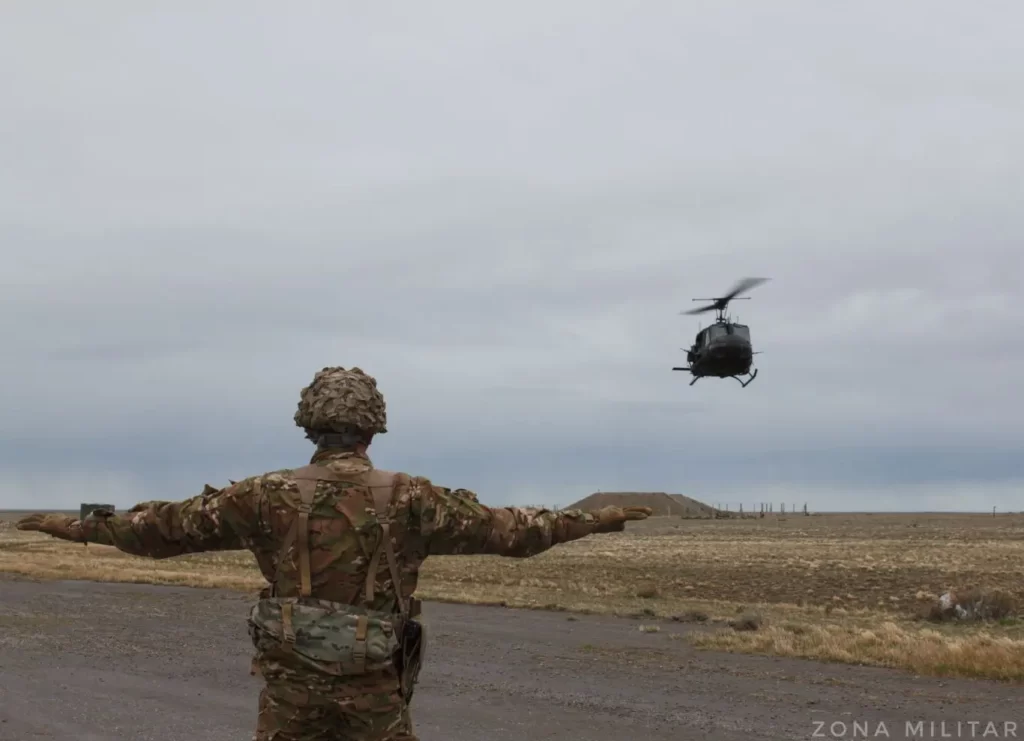
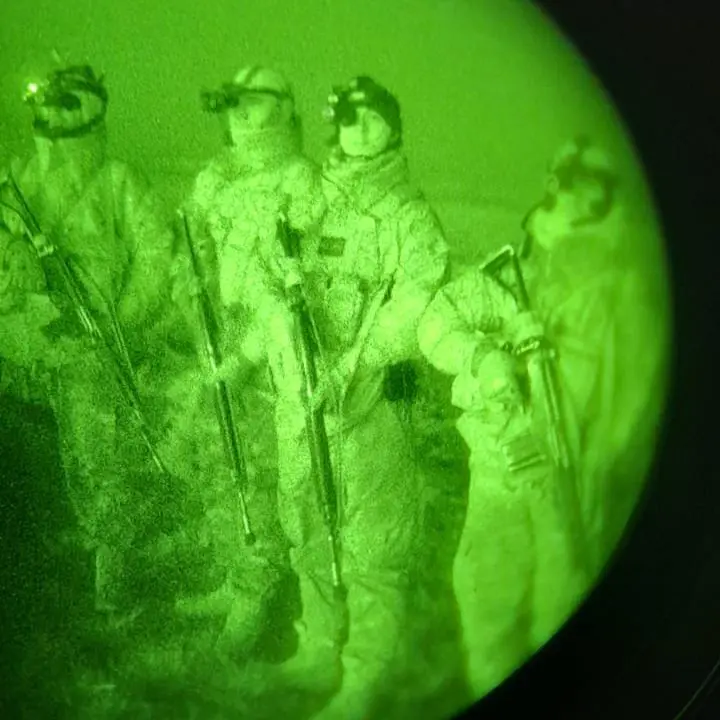
Furthermore, the purpose of the tactical march was to verify training in navigation procedures, formations, passage of dangerous areas, coordination between reconnaissance elements, and the transmission of live images from the forward patrols to the Regiment Commander’s Command Post, in addition to the arrival and occupation procedure of defensive positions in the Blocking Zone.
Once the exercise was concluded, the positive aspects were noted to enhance them, and the negative ones were noted to correct and modify them, so as not to commit them in the next exercise.
Acknowledgments:
On behalf of Zona Militar, we would like to thank the personnel of the Mechanized Infantry Regiment 24 and the Mechanized Brigade XI for inviting us and allowing us to learn about part of the activities they carry out as part of operational training in this particular geographical environment. Likewise, we would like to thank Volunteer Soldier Gerónimo Ronaldo for some of the images used to illustrate this article.
You may also like: With the deployment of its patrol boats, the Argentine Navy carried out a naval training in the Beagle Channel














